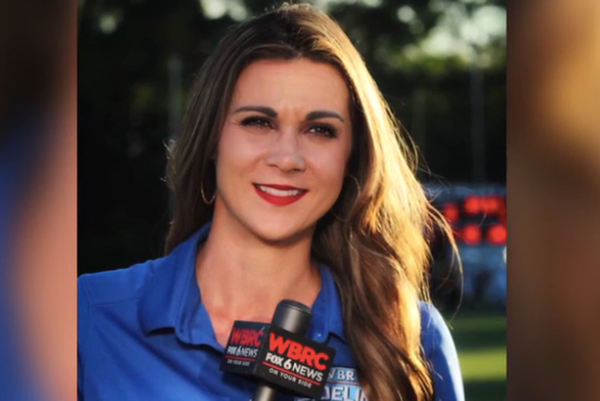
Rugby union is to introduce flashing LED mouthguards that light up when a player sustains a significant head impact during a match. The mouthguard will flash red if the impact is severe enough to potentially cause a concussion. The referee will then stop play and the player will go off for a head injury assessment.
Dr Lindsay Starling, a science and medical manager at World Rugby, said the new system would debut at the Women’s Rugby World Cup, which begins next week, before being rolled out across the men’s and women’s elite game. “Match officials and players will be able to see that this player has sustained a big head impact because their mouth guard is flashing red,” she said. “And it will create awareness about head injuries and concussions in the stands and for fans at home, being able to see it on TV.”
Dr Éanna Falvey, the chief medical officer at World Rugby, said every player at the Women’s World Cup would be wearing the new mouthguards, apart from two who wear braces. He said that was significantly higher than for the men’s game, in which around 85% of players wear smart mouthguards.
He said he hoped all players would embrace the new technology. “It would be great for the game. But personal choice is an important thing, autonomy is an important thing.”
The mouthguards work by measuring how much a player’s head moves up and down and rotates during a collision. When it registers an acceleration above 75g and 4,500 radians per second squared for men – and 65gs and 4,500 rad/s2 for women – it will start flashing.
That is an improvement on the existing system, which uses Bluetooth to alert the match‑day doctor and can take several seconds to arrive.
Starling also indicated that the mouthguards could help to identify foul play, but that there were caveats. “There is a world in which the data from the mouthguard can start to come into play a little bit more with foul play,” she said. “But what everybody needs to understand is that in the same way a player can get concussed from a pretty small head impact, foul play [can have occurred] without registering anything substantial.
“What we need to be careful not to do is overrely on the data or put too much power in the hands of the data. Data is incredibly powerful, but in this case the data might not tell 100% of the picture.”
Starling said broadcasters had asked World Rugby if they could show the G-forces of big tackles during matches, but they had been turned down. She indicated that may change over time. “It’s classified as medical data about a player, and so therefore we can’t share those numbers anywhere. But we’re working with the players to get them on board to want to share that information.
“There is a very fine line between big and being safe and correct and the player being looked after. Because big isn’t always good, sometimes it’s bad.”







